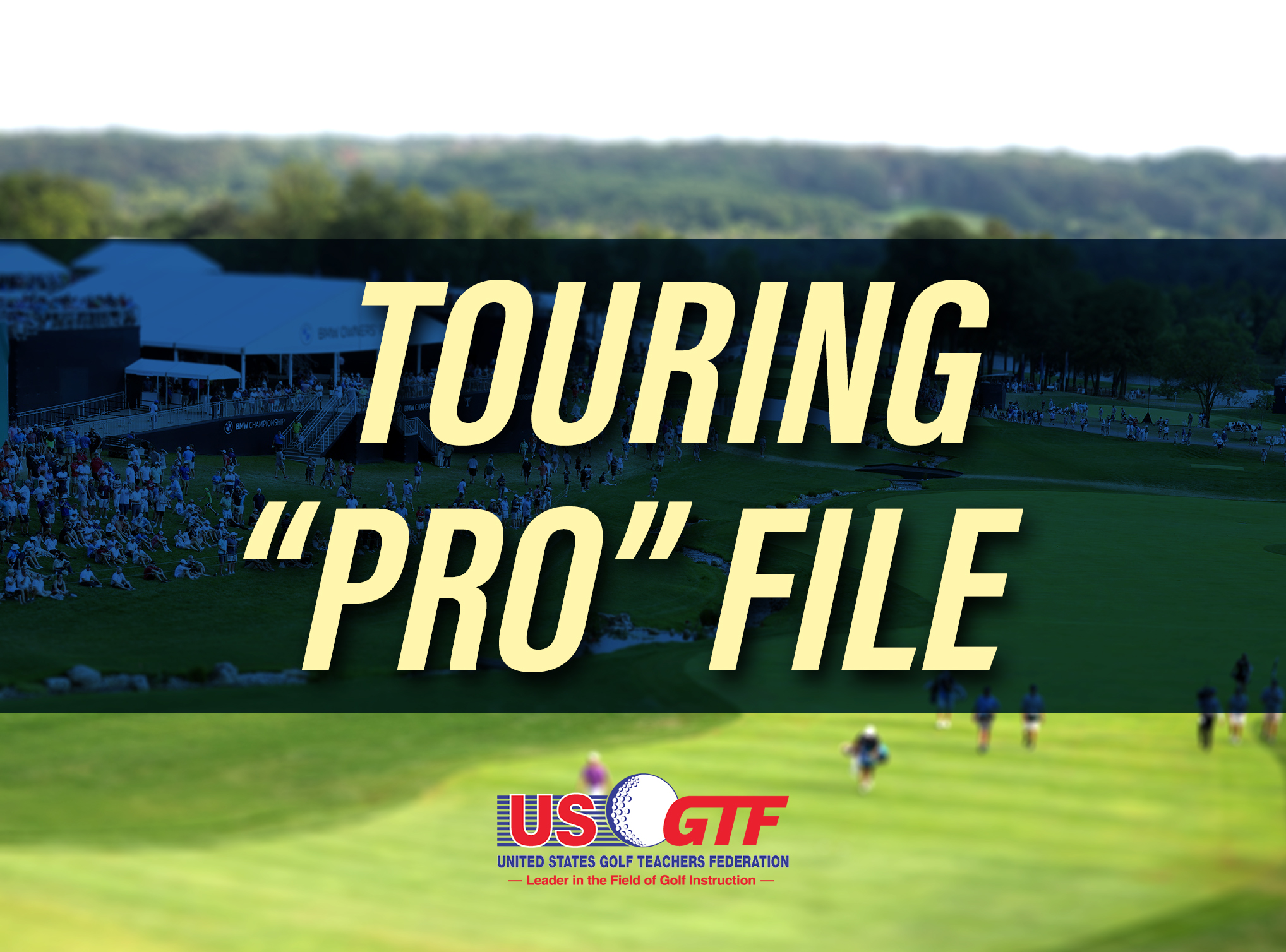It’s an accepted bit of wisdom – since the pros play slowly, amateurs take their cues from them that it’s also okay for them to do so. This has been repeated on social media and in articles often enough that it must be true, right?
I’m not so sure. As I write this, I played in our morning game with two other players. I walked and carried my bag the entire 18, and another in our group used a push cart, with the third using an electric golf car. We teed off at 8:08 and finished at 11:37, which means we finished in a minute under 3 1/2 hours. Even on the weekends when it’s crowded, it’s common to get around in 4 to 4 1/2 hours maximum. Now, our course in Savannah, Georgia, is pretty wide open, but I’ve never had a problem at other area courses, even our muni, when it comes to pace of play.
The amateurs who do mimic what the pros do are the junior and college players. It’s common for rounds to take well over five hours as they pace off yardage, study the wind and go through elaborate pre-shot routines, complete with breathing exercises and visualization techniques. I’m in favor of a checkpoint system, where if a group isn’t on a particular tee at a particular time, they get a warning, and if at the next checkpoint they haven’t kept the pace, dock everyone in the group penalty strokes. Yes, this may not be fair to the faster player(s) in the group, but something drastic must be done.
As coaches, we can help our competitive players develop a pre-shot routine that is fairly quick. It doesn’t have to take over five hours to shoot under par, and we need to play our part to help keep players in competition moving along.
By Mark Harman, USGTF National Course Director
Copyright © 2023 United States Golf Teachers Federation, All Rights Reserved
200 S. Indian River Drive, Suite #206, Fort Pierce, FL 34950
772-88-USGTF or 772-595-6490 - www.usgtf.com
200 S. Indian River Drive, Suite #206, Fort Pierce, FL 34950
772-88-USGTF or 772-595-6490 - www.usgtf.com

